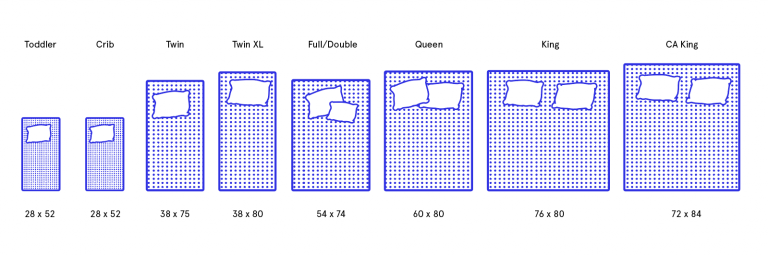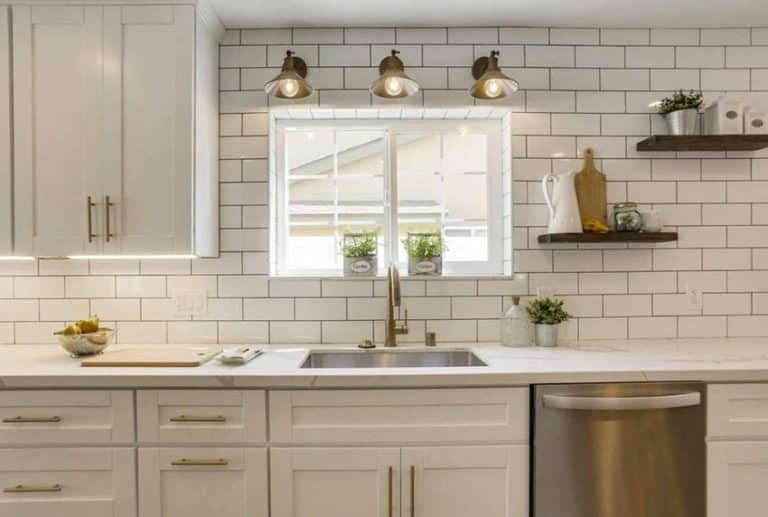How to Unclog a Kitchen Sink
If your kitchen sink is clogged, don't panic. It's a common household problem that can easily be resolved with the right tools and techniques. In this article, we'll guide you through the steps to unclog your kitchen sink and get the water flowing freely again.
What to Do When Your Kitchen Sink is Clogged
The first step in unclogging a kitchen sink is to determine the cause of the blockage. Is it a buildup of food particles, grease, or foreign objects? Once you've identified the problem, you can choose the best method to clear the clog.
DIY Solutions for a Clogged Kitchen Sink
If the clog is minor, you may be able to resolve it with simple DIY solutions. One popular method is using a mixture of baking soda and vinegar. First, pour a cup of baking soda down the drain, followed by a cup of vinegar. Let it sit for 10-15 minutes, then flush with hot water. The chemical reaction between the two ingredients can help dissolve the clog.
Common Causes of a Clogged Kitchen Sink
Kitchen sinks can become clogged for a variety of reasons. Some of the most common causes include food scraps, cooking oil, and grease being washed down the drain. Over time, these substances can build up and cause blockages. Other potential causes include soap scum, mineral deposits, and foreign objects getting stuck in the pipes.
Using Baking Soda and Vinegar to Unclog a Kitchen Sink
We already mentioned the baking soda and vinegar method as a DIY solution for a clogged kitchen sink. For a more effective result, you can also try adding boiling water to the mix. First, pour a cup of baking soda down the drain, followed by a cup of vinegar. Then, pour a pot of boiling water down the drain to help flush out the clog.
Plunger vs. Drain Snake: Which is Better for a Clogged Kitchen Sink?
If the clog is more severe, you may need to use a plunger or a drain snake to clear it. Plungers work by creating suction to dislodge the clog, while drain snakes physically remove the blockage. In general, plungers are more effective for minor clogs while drain snakes are better for more stubborn clogs.
Preventing a Clogged Kitchen Sink: Tips and Tricks
Prevention is always better than cure, especially when it comes to a clogged kitchen sink. To avoid future clogs, make sure to avoid pouring grease, oil, and food scraps down the drain. Use a sink strainer to catch any debris, and regularly clean your pipes with boiling water and a mixture of baking soda and vinegar.
Signs That Your Kitchen Sink is Clogged
It's essential to recognize the signs of a clogged kitchen sink early on to prevent further damage and potential plumbing emergencies. Some common signs include slow draining water, gurgling noises, and foul odors coming from the drain. If you notice any of these signs, it's best to address the issue before it becomes more severe.
Professional Solutions for a Clogged Kitchen Sink
If the clog is severe and DIY methods are not working, it may be time to call in a professional plumber. They have the necessary tools and expertise to identify and remove the clog safely and effectively. Plus, they can also inspect your pipes for any potential issues and provide preventative maintenance tips.
How to Maintain a Clear Kitchen Sink Drain
After successfully unclogging your kitchen sink, it's essential to maintain a clear drain to prevent future clogs. As mentioned earlier, using a mixture of baking soda and vinegar can help keep your pipes clean. Additionally, make sure to regularly clean your sink and dispose of food scraps and grease in the trash instead of the drain.
Why a Clogged Kitchen Sink Can be a Nightmare for Your Home's Design

The Importance of a Functional Kitchen Sink
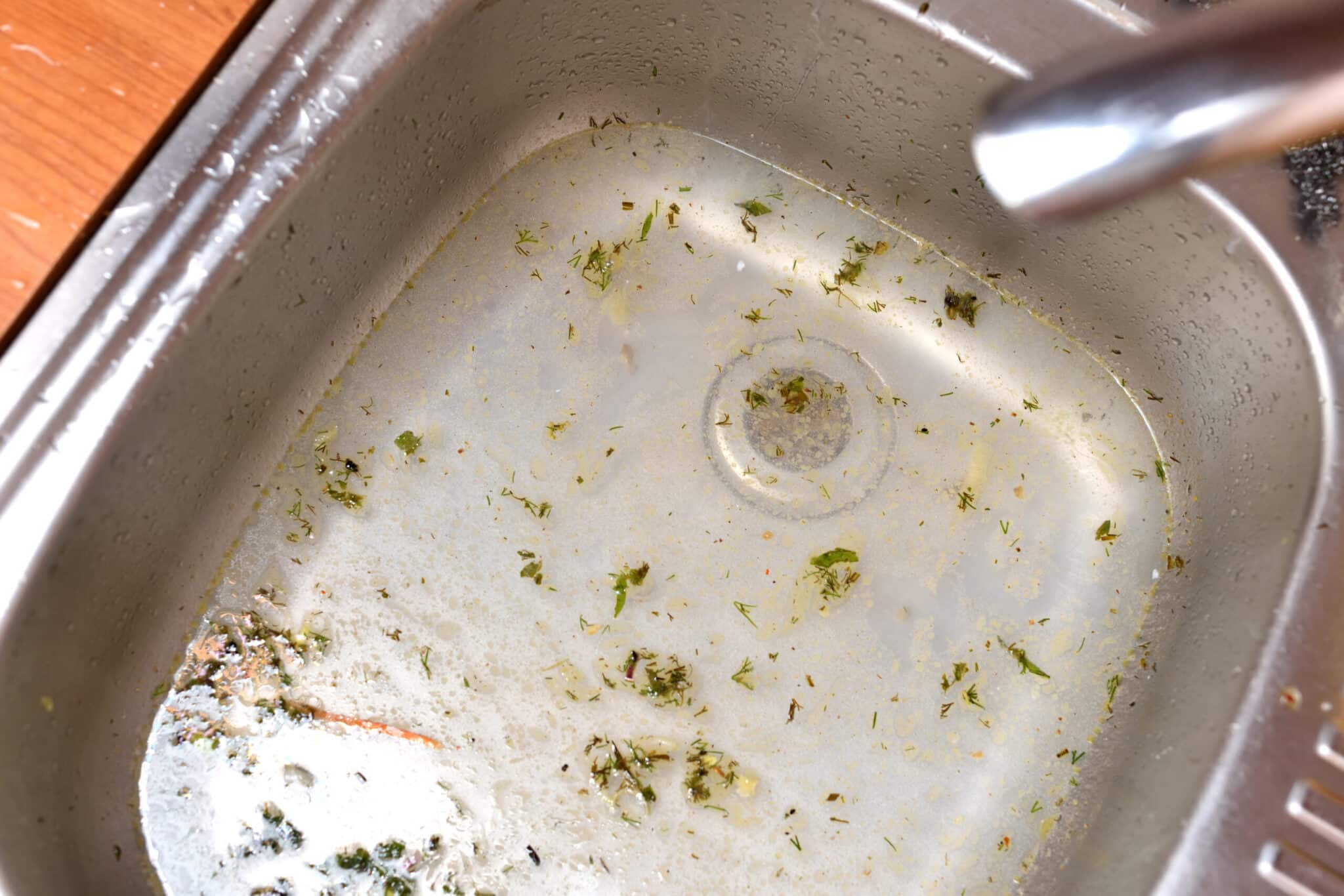 The kitchen sink is an essential part of any home's design. It is where we wash our dishes, prepare food, and even fill up pots for cooking. A clogged kitchen sink can disrupt the flow of our daily routines and create a mess in our otherwise pristine kitchens. Not only is it inconvenient, but it can also have a detrimental effect on the overall design of our homes.
The kitchen sink is an essential part of any home's design. It is where we wash our dishes, prepare food, and even fill up pots for cooking. A clogged kitchen sink can disrupt the flow of our daily routines and create a mess in our otherwise pristine kitchens. Not only is it inconvenient, but it can also have a detrimental effect on the overall design of our homes.
The Culprit of a Clogged Kitchen Sink
 There are many reasons why a kitchen sink may become clogged. It could be due to food scraps, grease buildup, or even foreign objects accidentally making their way down the drain. Regardless of the cause, a clogged sink can quickly become a major headache for homeowners.
There are many reasons why a kitchen sink may become clogged. It could be due to food scraps, grease buildup, or even foreign objects accidentally making their way down the drain. Regardless of the cause, a clogged sink can quickly become a major headache for homeowners.
The Impact on Your Home's Design
:max_bytes(150000):strip_icc()/how-to-unclog-a-kitchen-sink-2718799_sketch_FINAL-8c5caa805a69493ab22dfb537c72a1b7.png) A clogged kitchen sink can have a significant impact on the design of your home. For starters, it can create an unsanitary and unpleasant environment in your kitchen. The stagnant water and food particles can emit unpleasant odors and attract pests, which is not only unhygienic but also a major design flaw.
Furthermore, a clogged sink can also cause damage to your kitchen cabinets and countertops. The excess water can seep into the materials, causing them to warp or even mold. This can not only ruin the aesthetic of your kitchen but also result in costly repairs.
A clogged kitchen sink can have a significant impact on the design of your home. For starters, it can create an unsanitary and unpleasant environment in your kitchen. The stagnant water and food particles can emit unpleasant odors and attract pests, which is not only unhygienic but also a major design flaw.
Furthermore, a clogged sink can also cause damage to your kitchen cabinets and countertops. The excess water can seep into the materials, causing them to warp or even mold. This can not only ruin the aesthetic of your kitchen but also result in costly repairs.
The Importance of Addressing the Issue
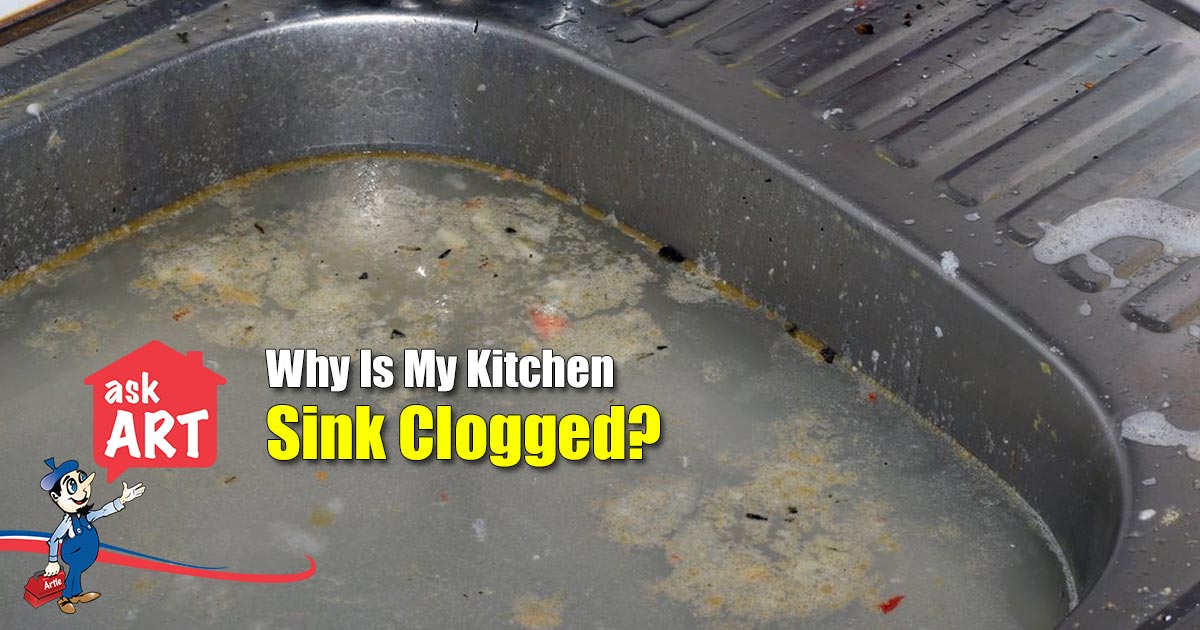 Ignoring a clogged kitchen sink can have serious consequences for your home's design and functionality. It is crucial to address the issue as soon as possible to prevent further damage and maintain the overall appeal of your kitchen.
Unblocking a clogged sink should be at the top of your priority list if you want to maintain a beautiful and functional home.
Ignoring a clogged kitchen sink can have serious consequences for your home's design and functionality. It is crucial to address the issue as soon as possible to prevent further damage and maintain the overall appeal of your kitchen.
Unblocking a clogged sink should be at the top of your priority list if you want to maintain a beautiful and functional home.
Seeking Professional Help
 While there are plenty of DIY methods for unclogging a kitchen sink, it is always best to seek professional help.
Expert plumbers have the knowledge and tools to effectively unclog your sink without causing any damage to your home's design.
They can also provide tips and advice on how to prevent future clogs and maintain a functional kitchen sink.
In conclusion, a clogged kitchen sink can be a nightmare for your home's design. It can cause unpleasant odors, attract pests, and even damage your kitchen cabinets and countertops. It is important to address the issue promptly and seek professional help to maintain the overall appeal and functionality of your home. Don't let a clogged sink disrupt your daily routine and ruin the design of your kitchen. Take action and keep your sink clear and functional.
While there are plenty of DIY methods for unclogging a kitchen sink, it is always best to seek professional help.
Expert plumbers have the knowledge and tools to effectively unclog your sink without causing any damage to your home's design.
They can also provide tips and advice on how to prevent future clogs and maintain a functional kitchen sink.
In conclusion, a clogged kitchen sink can be a nightmare for your home's design. It can cause unpleasant odors, attract pests, and even damage your kitchen cabinets and countertops. It is important to address the issue promptly and seek professional help to maintain the overall appeal and functionality of your home. Don't let a clogged sink disrupt your daily routine and ruin the design of your kitchen. Take action and keep your sink clear and functional.
/plumber-unclogging-kitchen-sink-169270382-5797a9355f9b58461f27f024.jpg)


/how-to-unclog-a-kitchen-sink-2718799_sketch_FINAL-8c5caa805a69493ab22dfb537c72a1b7.png)














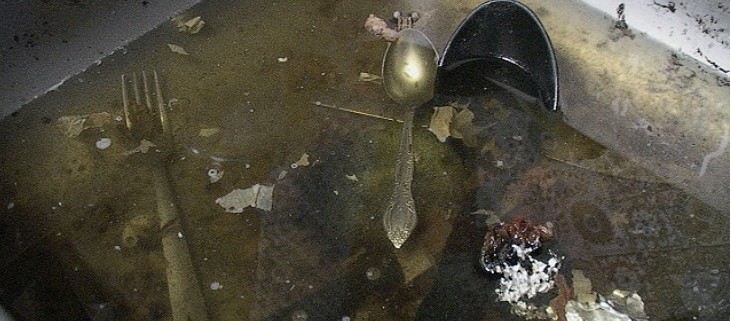
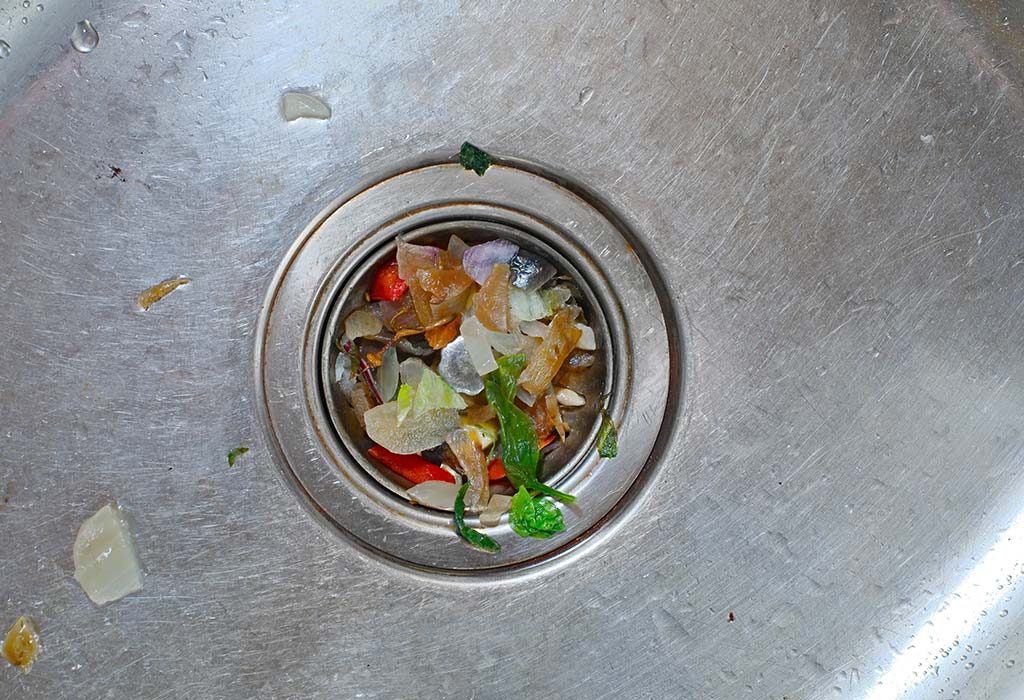
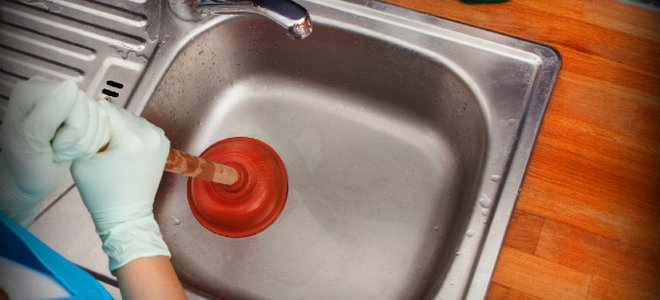
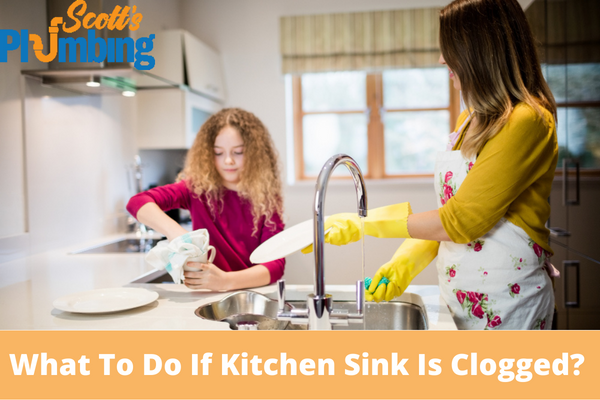

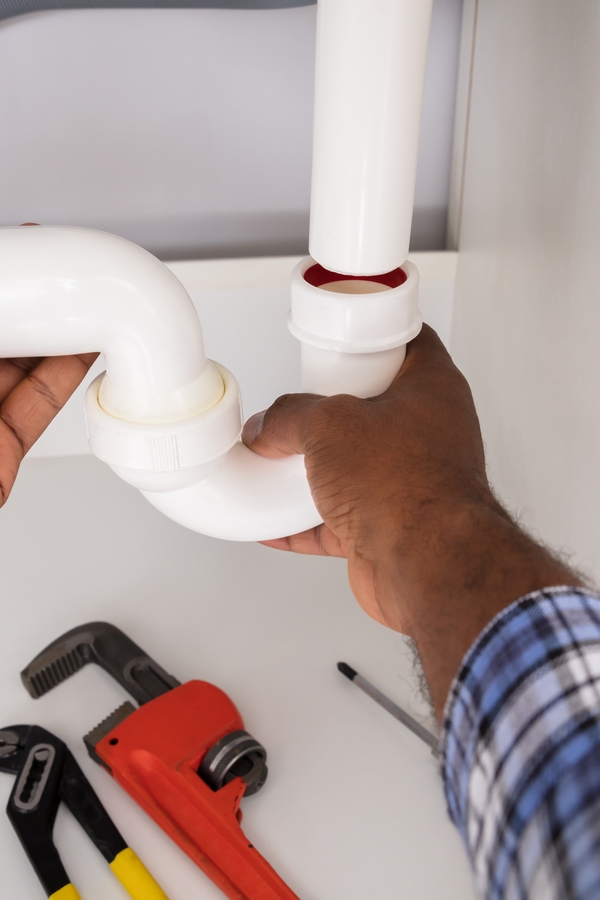
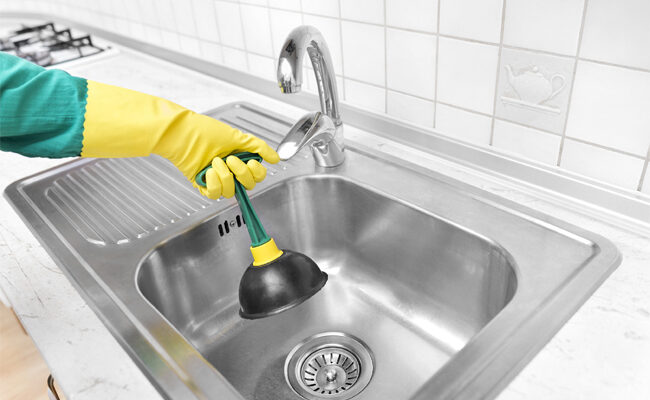





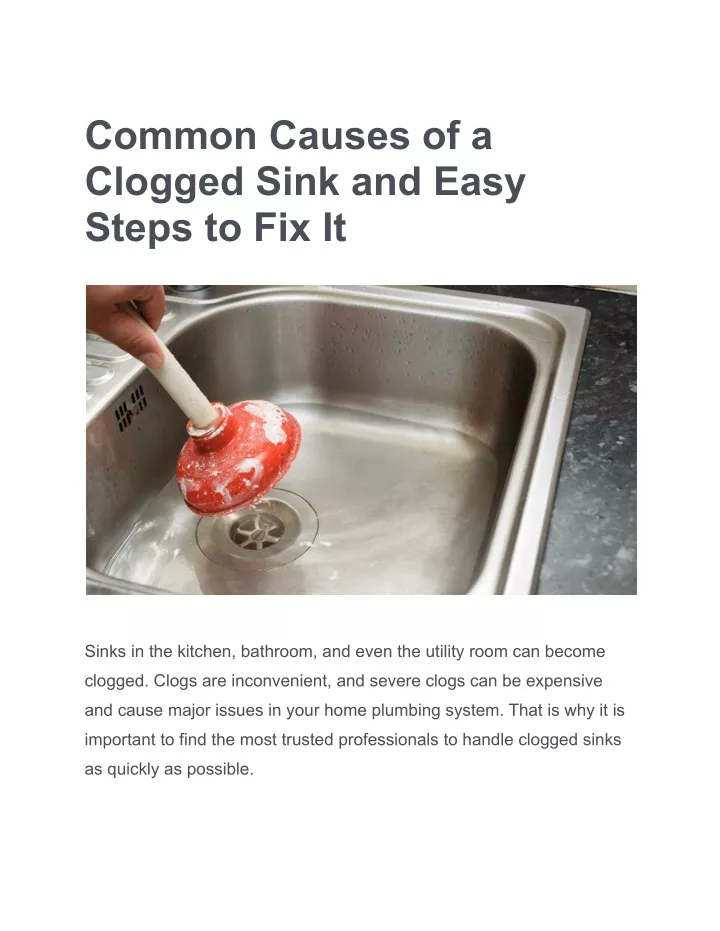



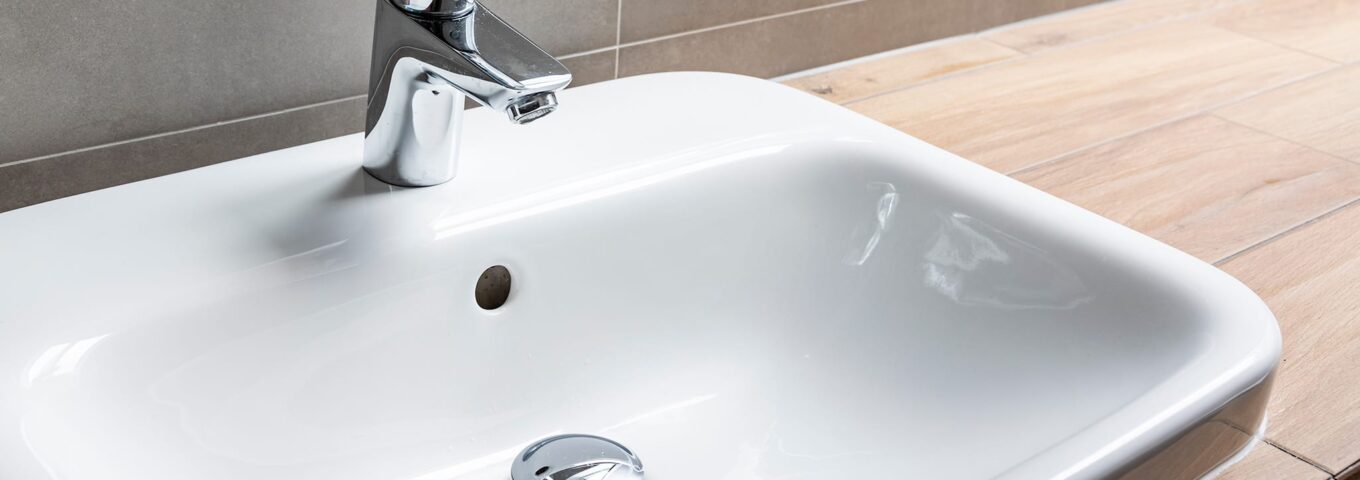







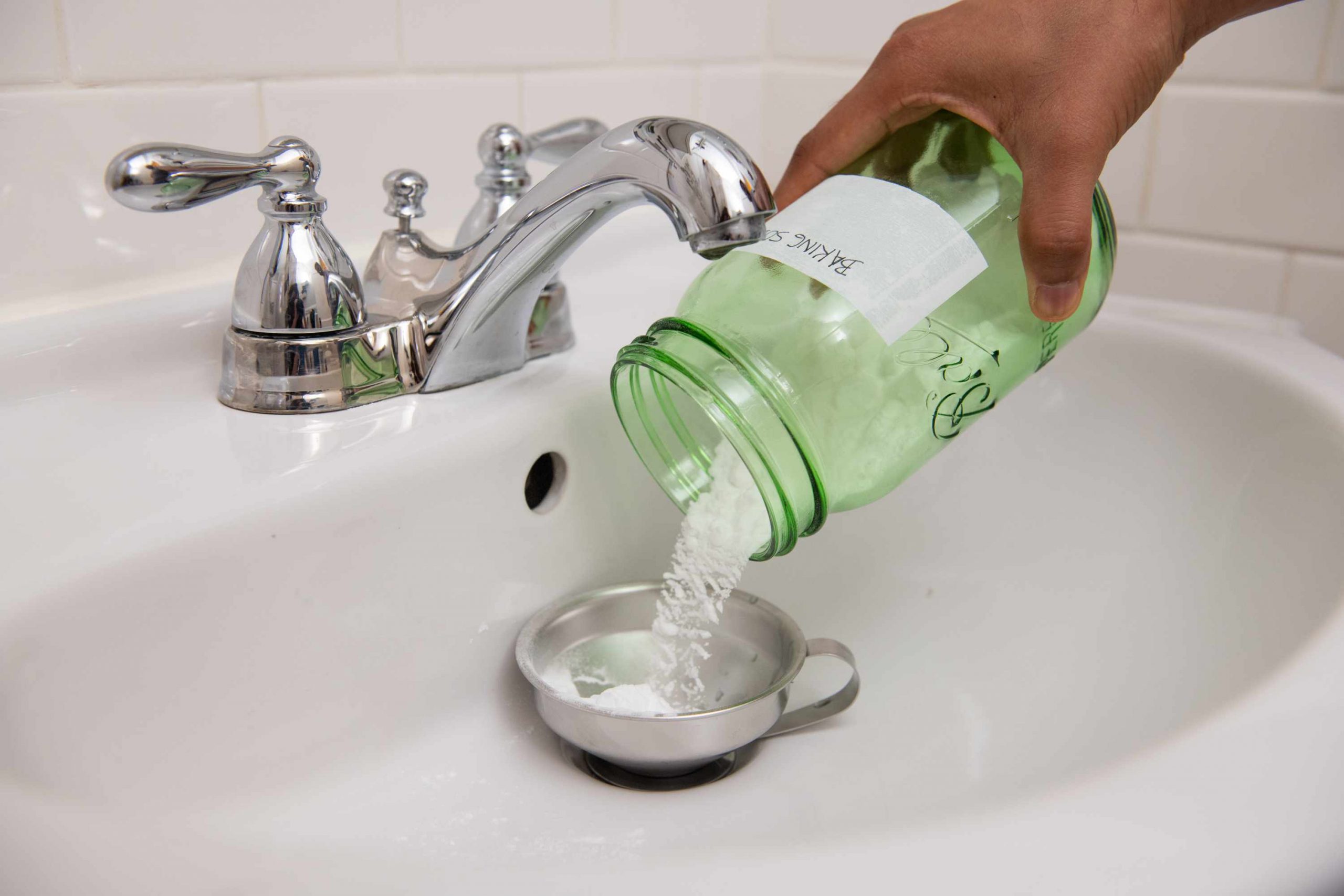
:max_bytes(150000):strip_icc()/freshen-and-unclog-drain-with-baking-soda-1900466-22-bbf940b70afa4d5abef0c54da23b1d3f.jpg)
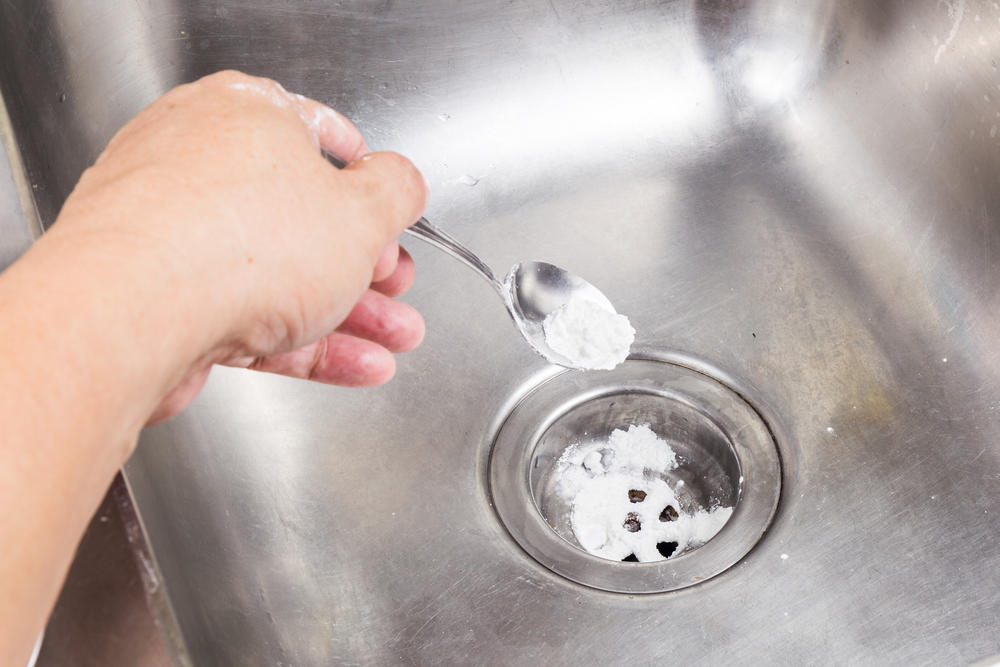
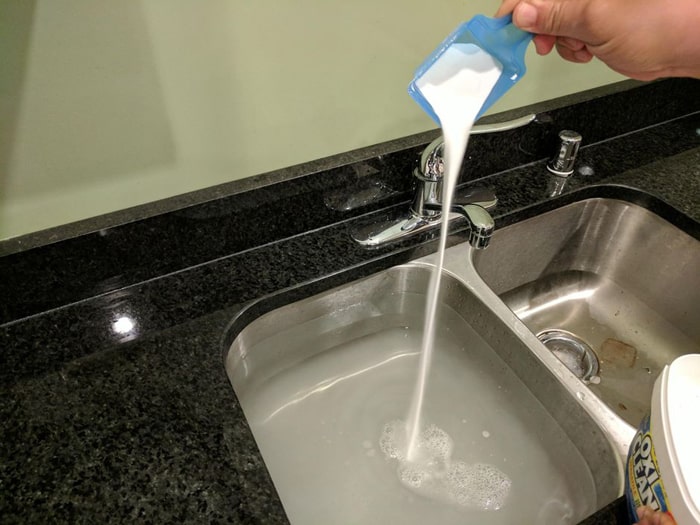
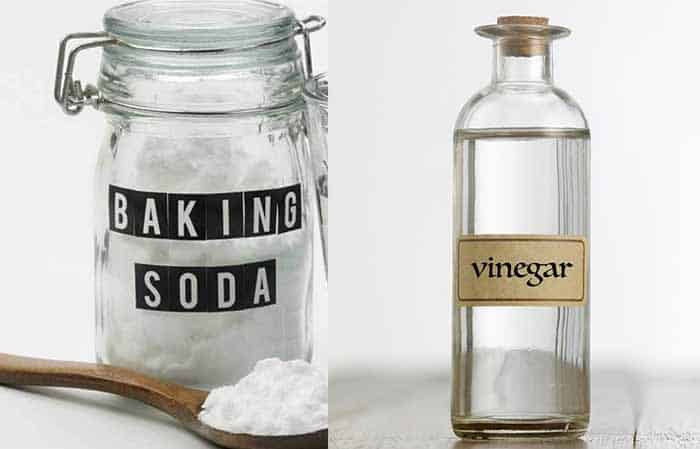
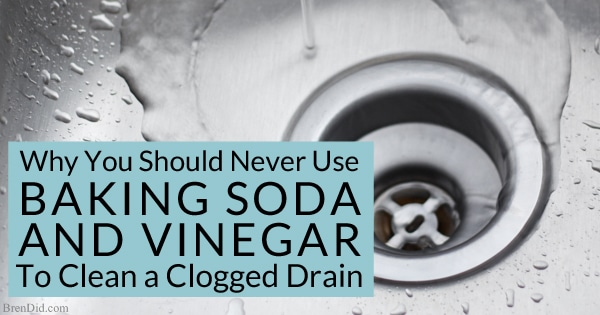
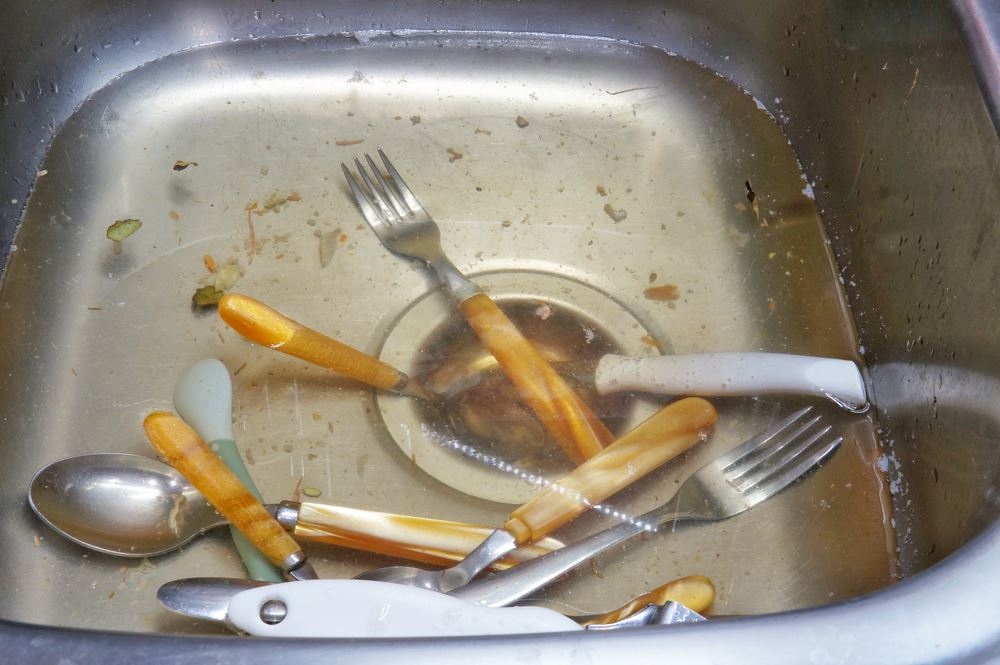

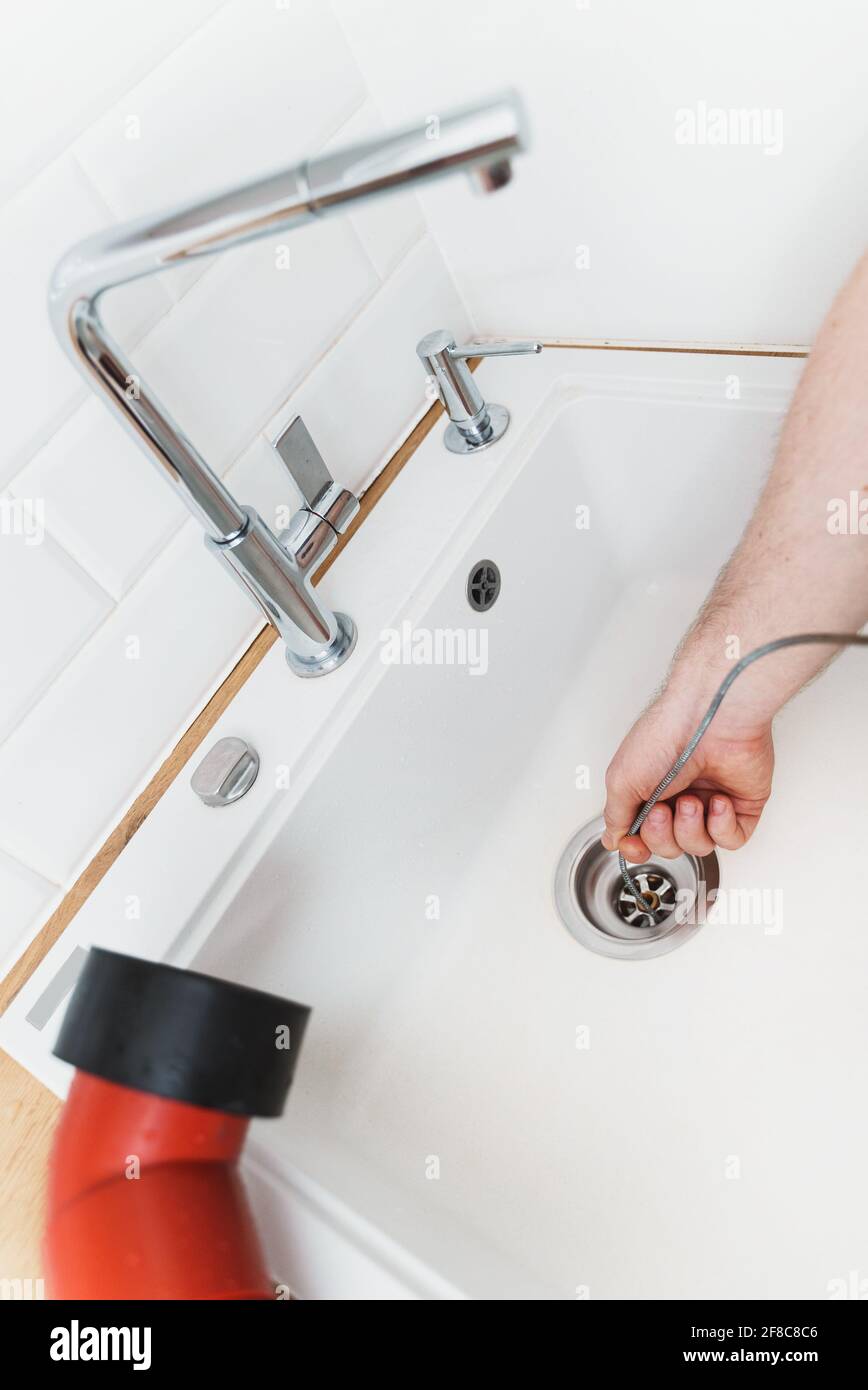
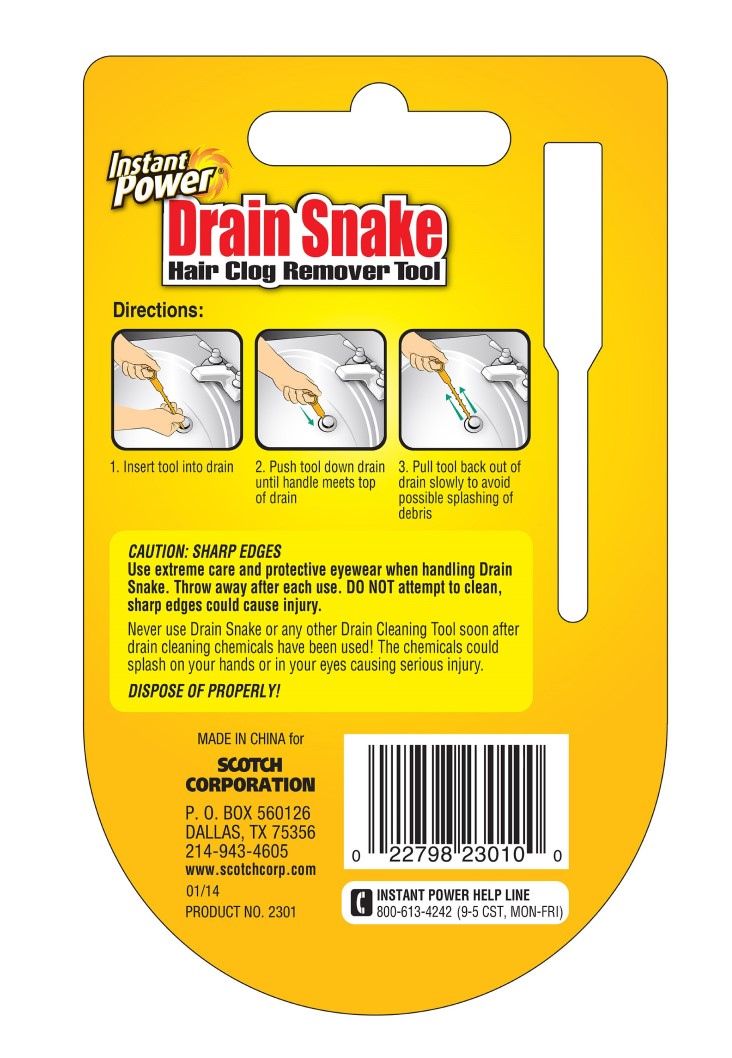


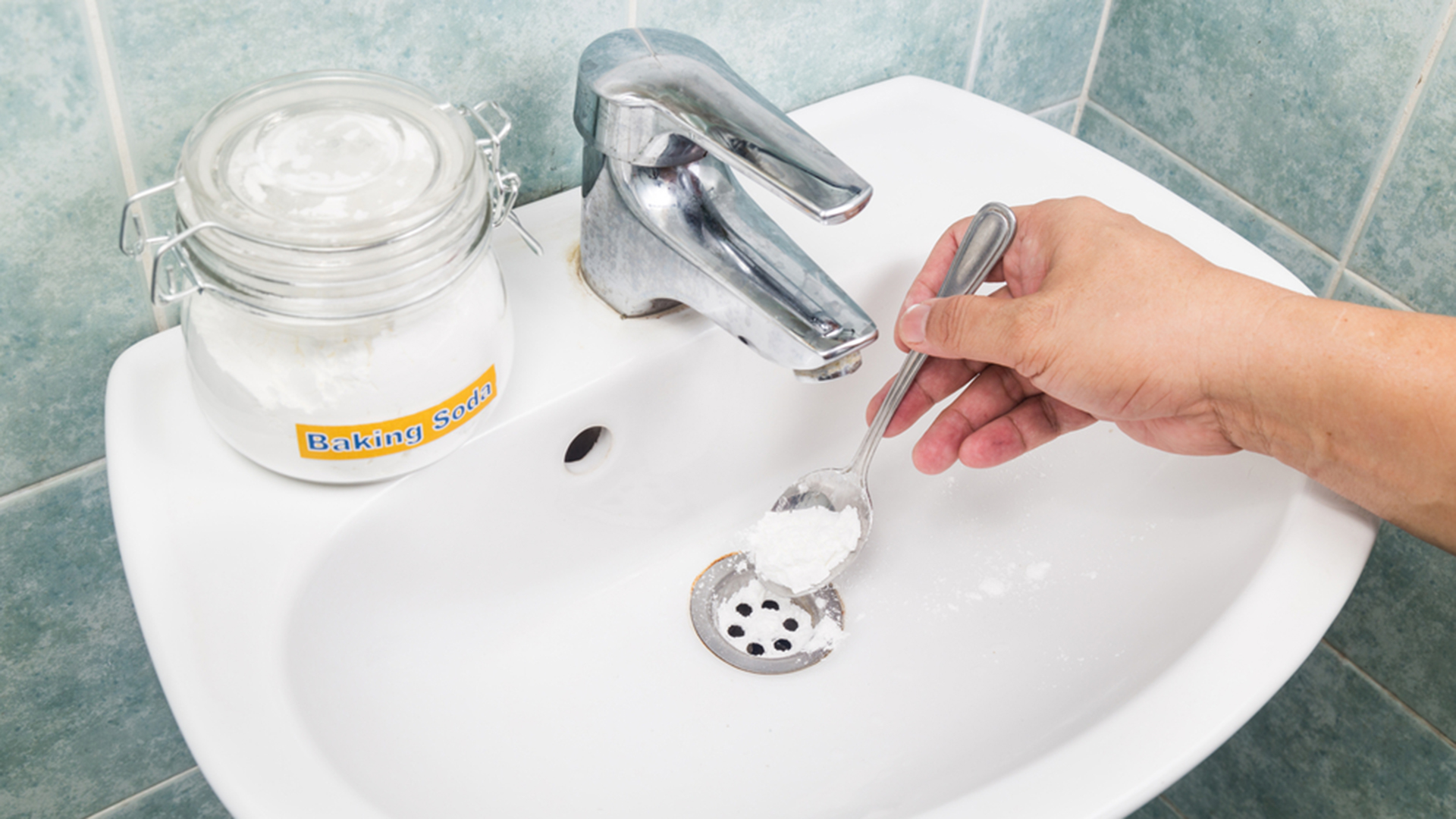







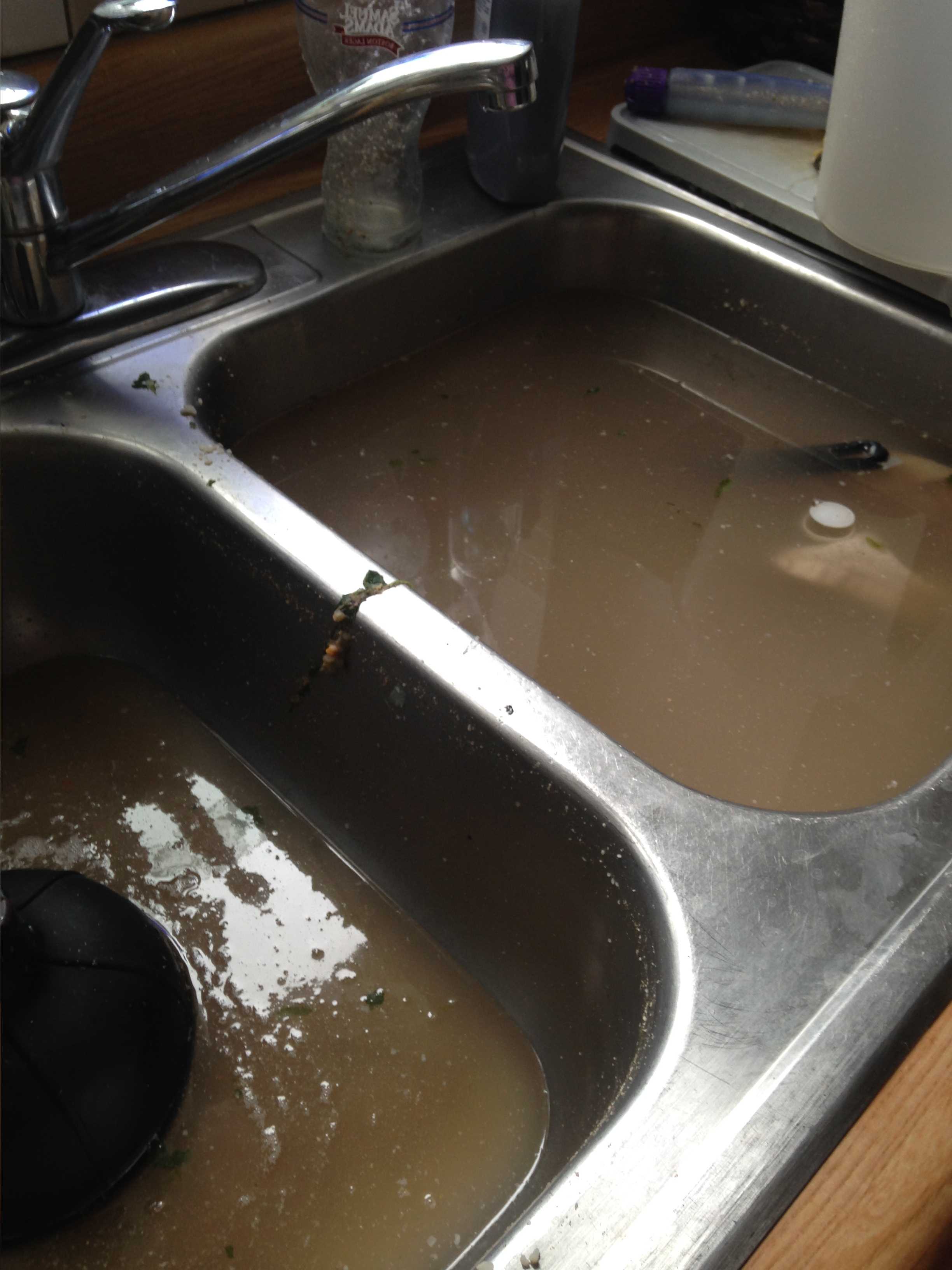











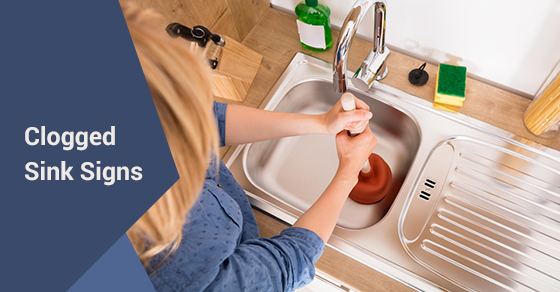




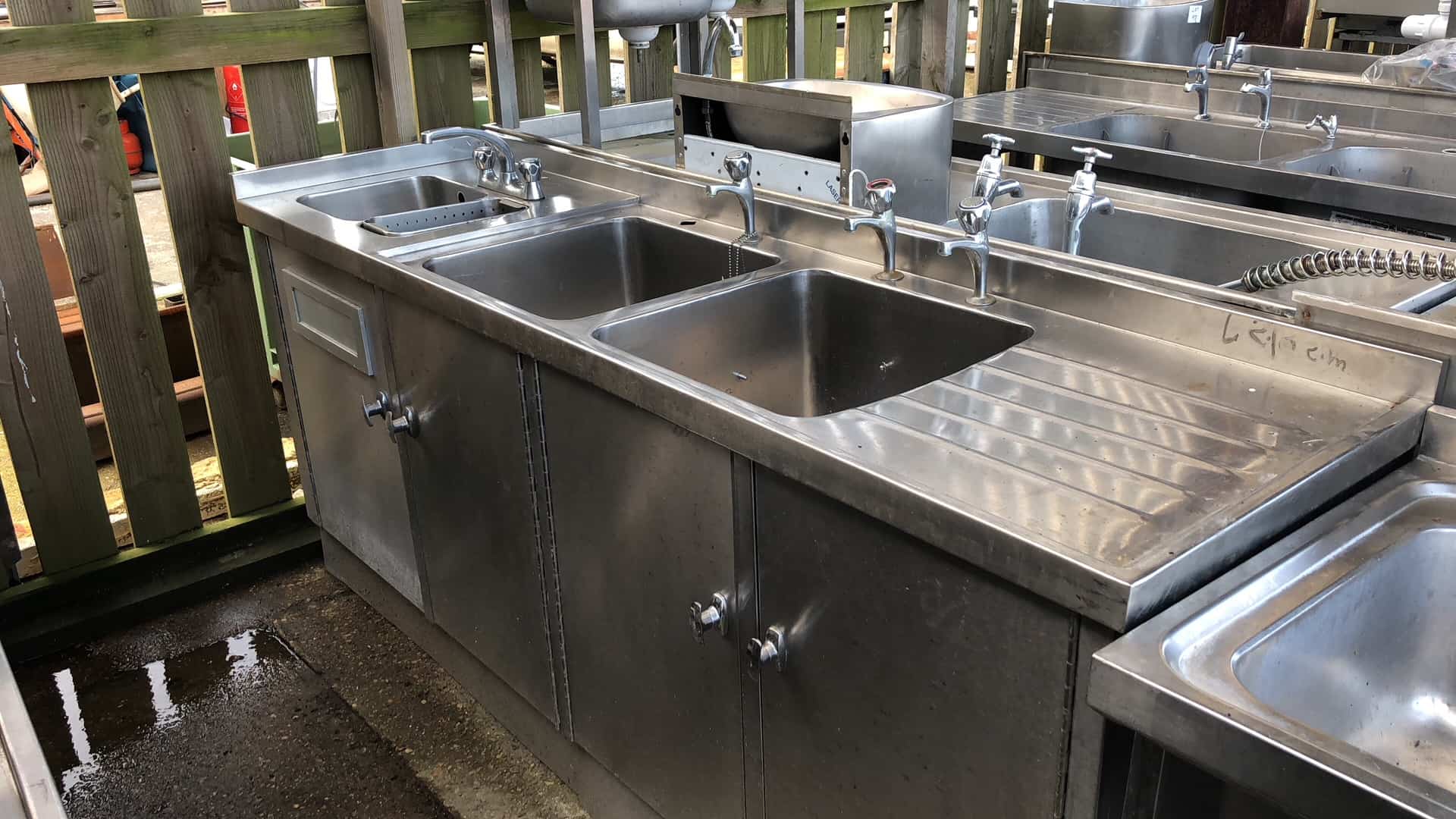
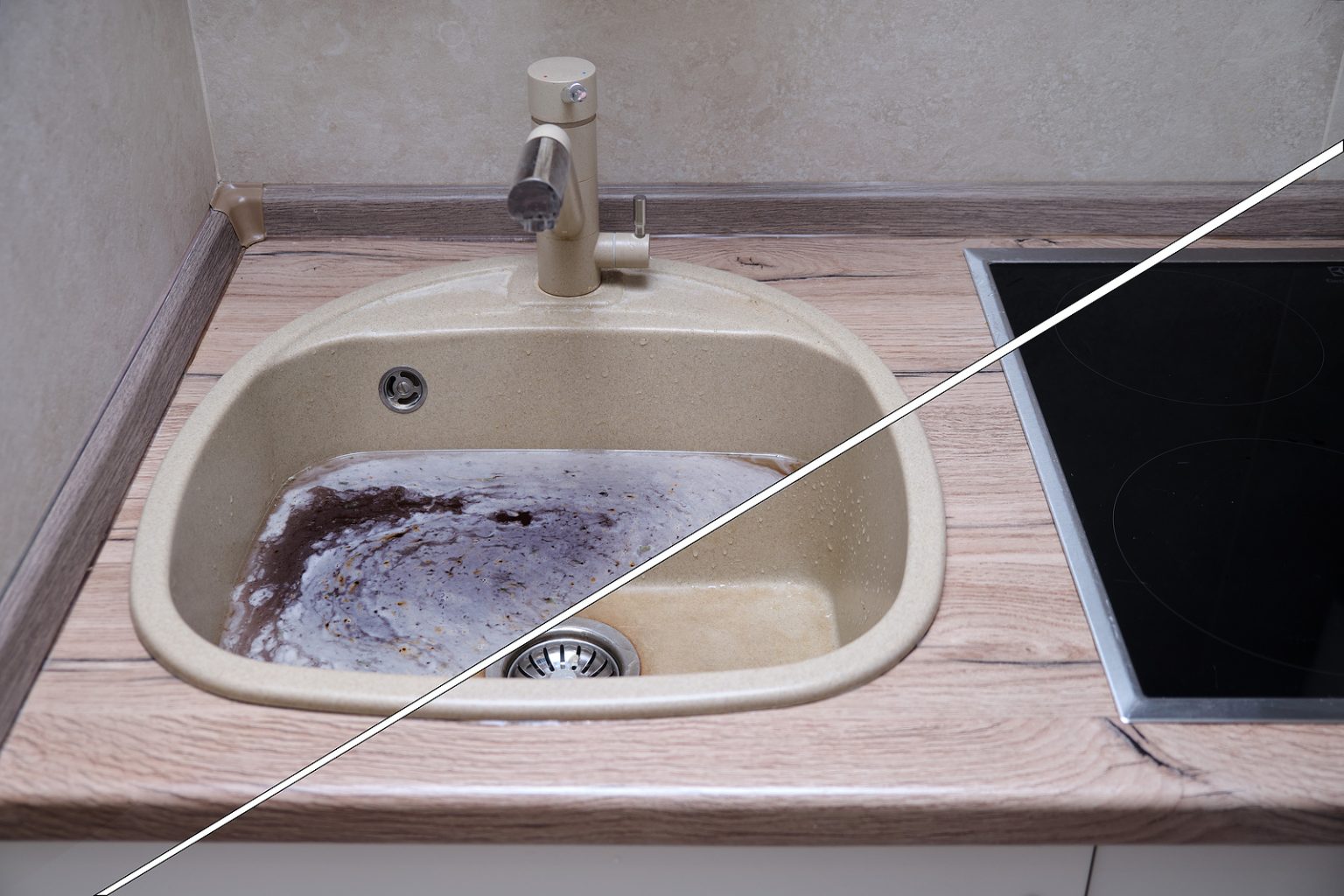



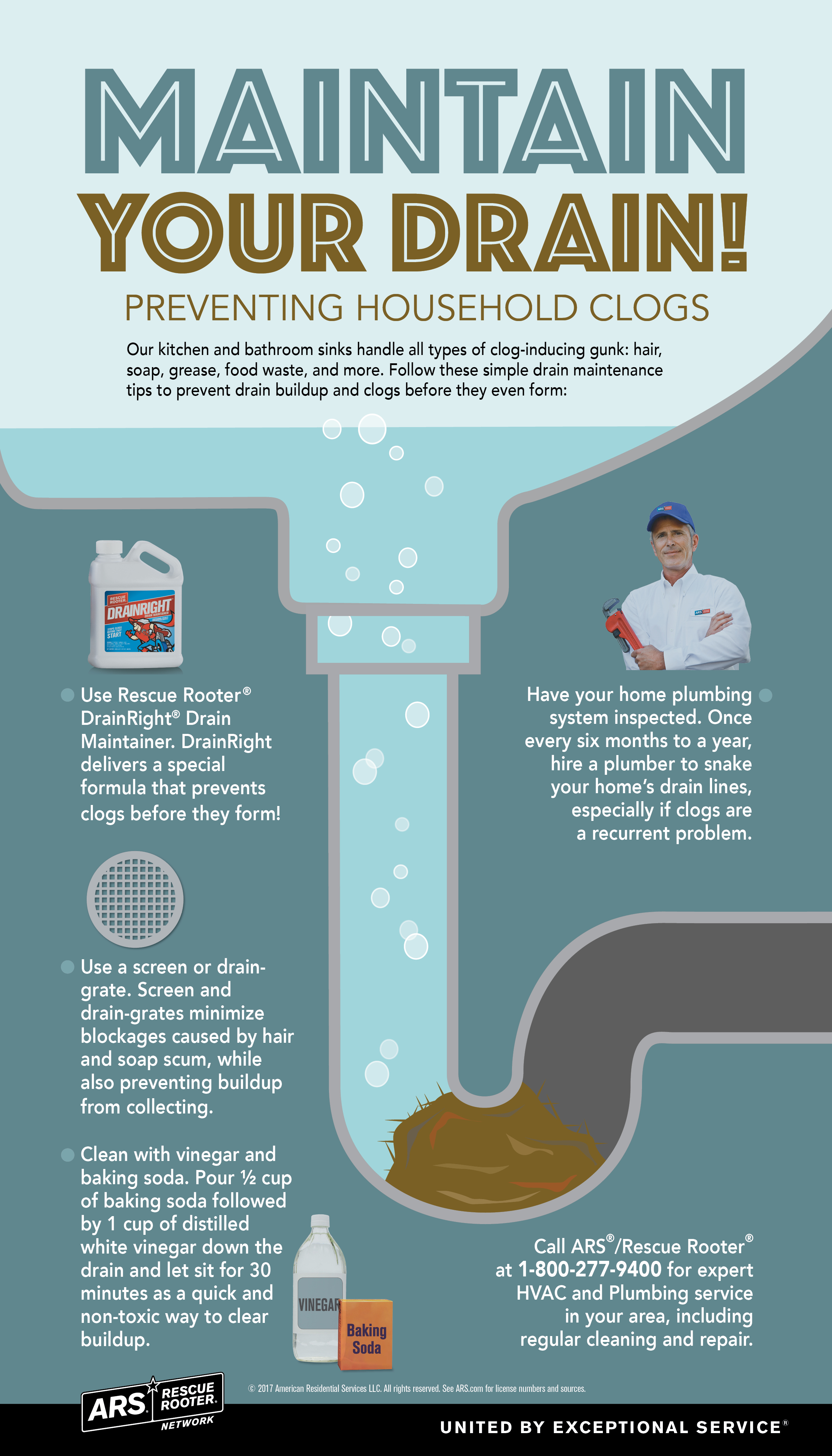


:max_bytes(150000):strip_icc()/how-to-install-a-sink-drain-2718789-hero-24e898006ed94c9593a2a268b57989a3.jpg)











